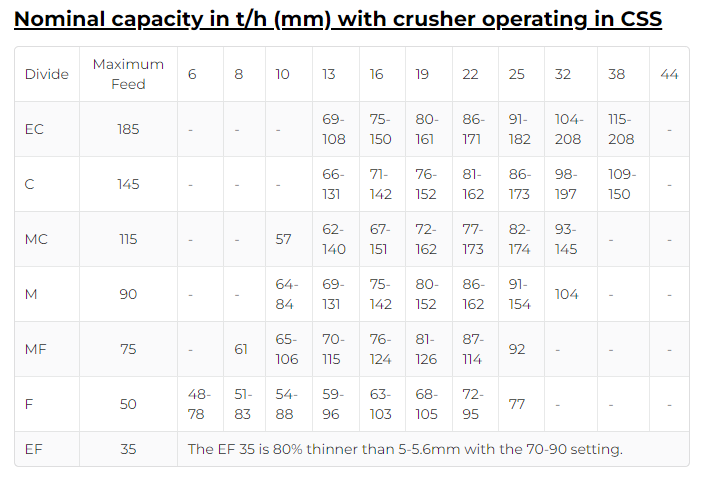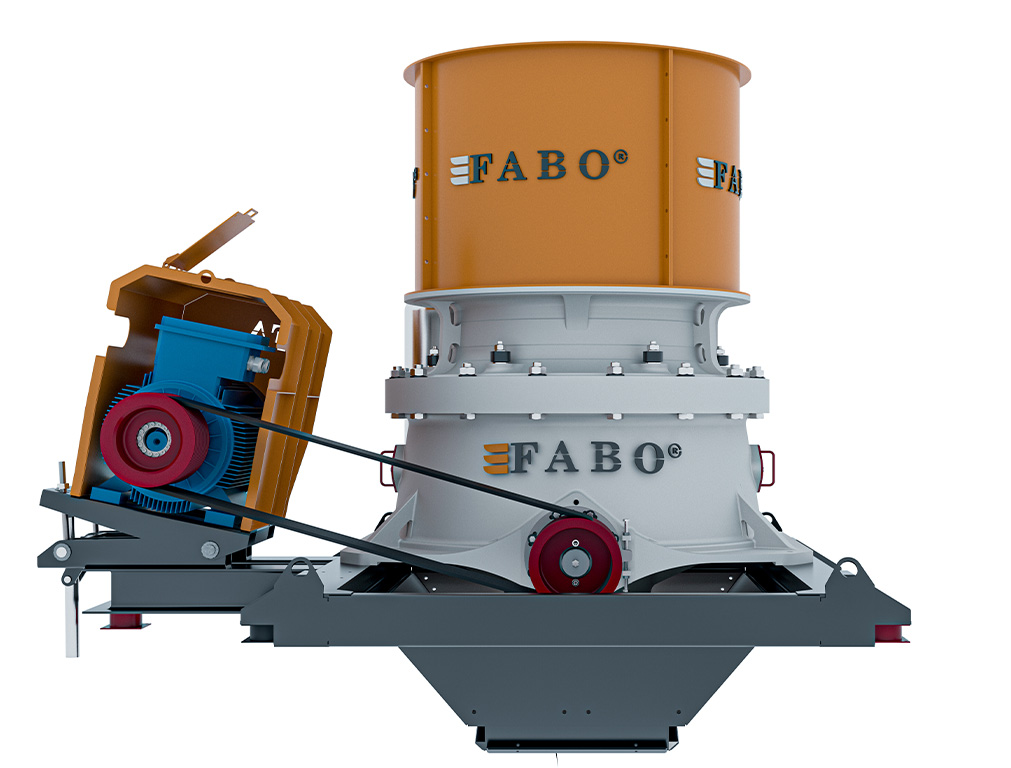Cone Crusher
Cone crushers are designed to crush hard and abrasive stream and quarry materials such as granite, basalt and andesite. Thanks to the long-lasting wear parts, the cone crusher is lasts longer.
In addition, since maintenance and repair operations can be done easily on the crusher, operating costs are also low.
The crusher is also called “cone crusher” since the crushing process is done between conical surfaces. In terms of both size and structure, many different shapes are encountered today. In general, there are two main types as “movable shaft” and “fixed shaft”.






